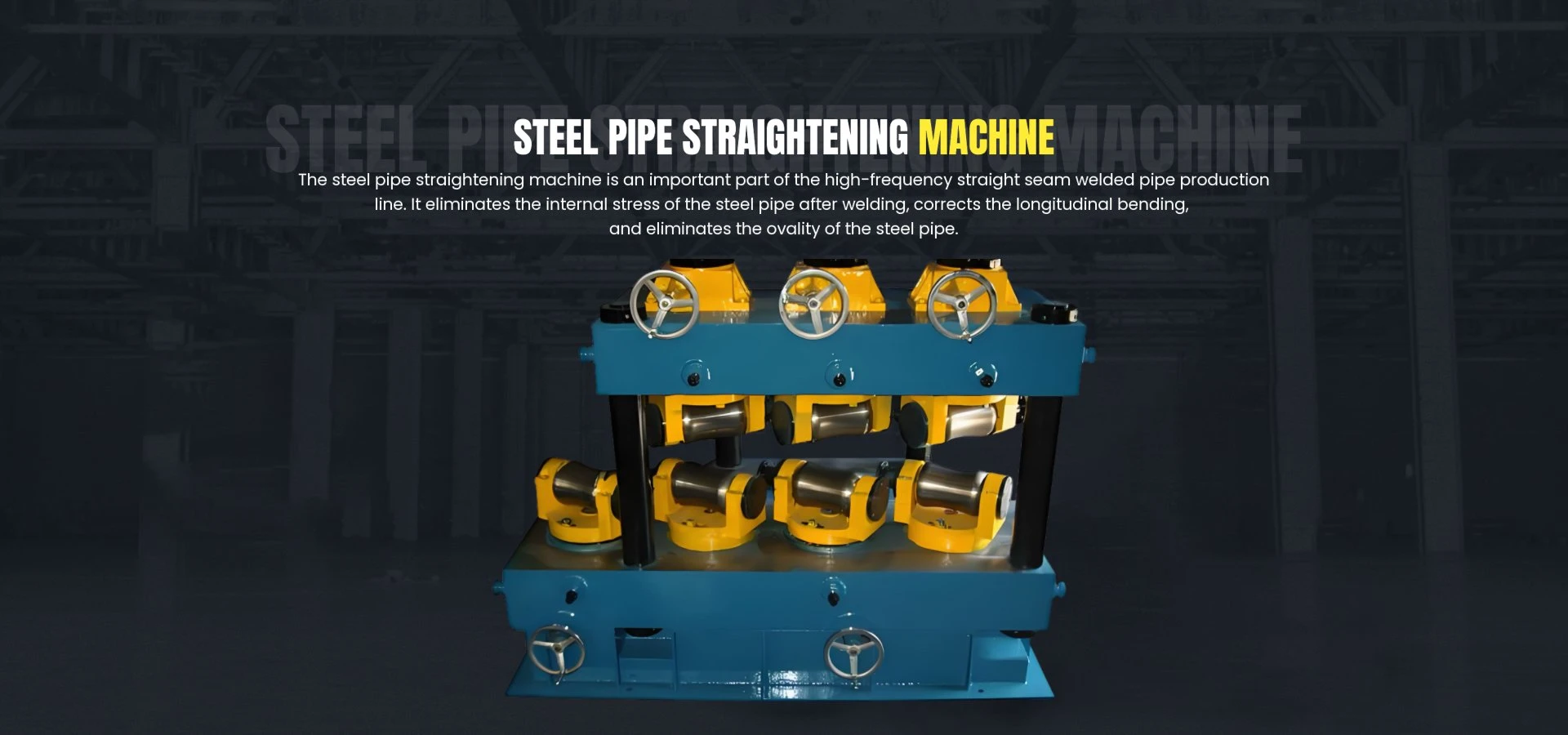Purlin Rolling Equipment for Efficient Metal Fabrication and Structural Support Solutions
Understanding the Purlin Rolling Machine A Key Player in Construction
The construction industry has seen significant advancements over the years, with machinery playing a pivotal role in enhancing efficiency and productivity. Among these machines, the purlin rolling machine stands out for its specialized function in the fabrication of purlins, which are structural components essential for supporting roof and wall systems in commercial and industrial buildings.
What is a Purlin?
Purlins are horizontal structural members used to support roofing systems. They play a crucial role in transferring loads from the roof to the vertical supports, like columns and walls. Purlins come in various shapes and sizes, including C, Z, and U profiles, depending on the design requirements of the structure. The use of purlins allows for the creation of stronger, lighter, and more efficient buildings, making them a vital component in modern construction.
The Function of a Purlin Rolling Machine
A purlin rolling machine is a specialized piece of equipment designed to produce purlin sections from metal sheets or strips. The primary function of this machine is to form and shape metal into the desired purlin profile while maintaining high precision and uniformity.
The process begins with the feeding of raw material, typically cold-rolled steel, into the machine. The purlin rolling machine then utilizes a series of rollers to gradually bend and shape the metal into the required profile. This process is not only efficient but also significantly reduces waste, as the machine can produce purlins in continuous lengths, minimizing scrap material.
Key Components of a Purlin Rolling Machine
A typical purlin rolling machine consists of several key components that work together to process metal effectively
1. Feeding System This section guides the raw material into the machine. It is designed to ensure smooth feeding and prevent any jams that could disrupt production.
2. Rollers The heart of the machine, these rollers are arranged in a specific configuration to progressively shape the metal. The rollers are often adjustable to accommodate different purlin profiles and thicknesses.
purlin rolling machine

3. Control System Modern purlin rolling machines are equipped with advanced control systems that allow operators to easily adjust settings such as speed, pressure, and profile dimensions. This automation enhances efficiency and precision.
4. Cutting Unit Once the purlins have been formed, they need to be cut to the desired lengths. The cutting unit is usually integrated into the machine, allowing for seamless production without the need for additional equipment.
Benefits of Using a Purlin Rolling Machine
Investing in a purlin rolling machine brings several advantages for construction businesses and manufacturers
- Cost-Effectiveness By producing purlins in-house, companies can save on material costs and reduce lead times associated with outsourcing. This translates to increased profit margins and enhanced competitiveness.
- Customization The ability to produce purlins in various profiles allows for greater flexibility in design. Businesses can cater to specific client needs and adapt to project requirements without significant delays.
- Quality Assurance With precise control over the manufacturing process, companies can ensure the quality and consistency of their purlins, which is crucial for meeting building codes and regulations.
- Sustainability The reduction of waste during production and the ability to recycle leftover material align with today’s focus on sustainability in construction.
Conclusion
The purlin rolling machine is an indispensable tool in the construction industry, empowering manufacturers to create essential purlin components efficiently and cost-effectively. By harnessing the capabilities of this machine, businesses can improve their production processes, ensure high-quality output, and remain competitive in an ever-evolving market. As the demand for innovative and sustainable building solutions continues to grow, the role of purlin rolling machines will undoubtedly expand, further solidifying their importance in modern construction.
-
High Frequency Straight Seam Welded Pipe Production Line-BzZhou Xinghua Machinery Equipment Manufacturing Co., LTD.|line pipe steel&welded gas pipeNewsJul.30,2025
-
High Frequency Straight Seam Welded Pipe Production Line-BzZhou Xinghua Machinery Equipment Manufacturing Co., LTD.|High Precision&Automated SolutionsNewsJul.30,2025
-
High Frequency Straight Seam Welded Pipe Production Line - BzZhou Xinghua Machinery Equipment Manufacturing Co., Ltd.NewsJul.30,2025
-
High Frequency Straight Seam Welded Pipe Production Line-BzZhou Xinghua Machinery Equipment Manufacturing Co., LTD.|Precision Welding, High EfficiencyNewsJul.30,2025
-
High Frequency Straight Seam Welded Pipe Production Line|BzZhou Xinghua|Precision Welding&EfficiencyNewsJul.30,2025
-
High Frequency Straight Seam Welded Pipe Production Line - BzZhou Xinghua|Precision Engineering&EfficiencyNewsJul.30,2025


